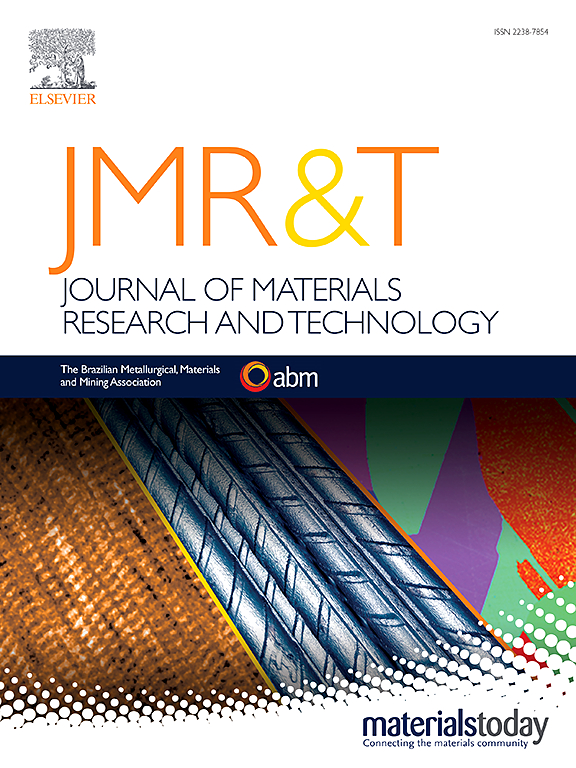Calcium carbonate nanoparticle-reinforced rubber: Enhancing dynamic mechanical performance and thermal properties
IF 6.2
2区 材料科学
Q1 MATERIALS SCIENCE, MULTIDISCIPLINARY
Journal of Materials Research and Technology-Jmr&t
Pub Date : 2025-03-10
DOI:10.1016/j.jmrt.2025.03.079
引用次数: 0
Abstract
This comprehensive study investigates the effects of unique calcium carbonate (CaCO3) nanoparticle-reinforced natural rubber (NR) and styrene-butadiene rubber (SBR) composite structures for long-lasting tire tread applications. Employing advanced techniques such as stearic acid surface modification and dual-solvent dispersion with toluene and W410 solvent, the research primarily focuses on enhancing tire performance attributes, including handling, wet-skid resistance, rolling resistance, stability, responsiveness, traction, dimensional stability, fuel efficiency, durability, and tread lifespan. Dynamic mechanical analysis (DMA) tests were conducted to measure the viscoelastic properties of the rubber compounds, including storage modulus, loss modulus, glass transition temperature (Tg), and peak tan δ values. Test results showed that the use of W410 and the surface-modified method could positively impact various properties, leading to improved tire strength and performance. Incorporation of the toluene solvent in the dispersion process restricted the mobility of the polymer chains, leading to a higher Tg, while the use of the W410 solvent in the tire compound formulation reduced interfacial friction and resulted in a lower peak tan δ. Additionally, thermogravimetric analysis (TGA) tests showed that the toluene dispersion method provided a higher peak decomposition temperature (Tp), while the W410 solvent dispersion method offered a lower maximum rate of mass reduction and a higher percentage of remaining mass at 660 °C. These findings highlight the major advantages of using these new approaches, including enhanced heat resistance, improved durability and safety, and extended tire lifespan in harsh conditions.
求助全文
约1分钟内获得全文
求助全文
来源期刊

Journal of Materials Research and Technology-Jmr&t
Materials Science-Metals and Alloys
CiteScore
8.80
自引率
9.40%
发文量
1877
审稿时长
35 days
期刊介绍:
The Journal of Materials Research and Technology is a publication of ABM - Brazilian Metallurgical, Materials and Mining Association - and publishes four issues per year also with a free version online (www.jmrt.com.br). The journal provides an international medium for the publication of theoretical and experimental studies related to Metallurgy, Materials and Minerals research and technology. Appropriate submissions to the Journal of Materials Research and Technology should include scientific and/or engineering factors which affect processes and products in the Metallurgy, Materials and Mining areas.
 求助内容:
求助内容: 应助结果提醒方式:
应助结果提醒方式:


